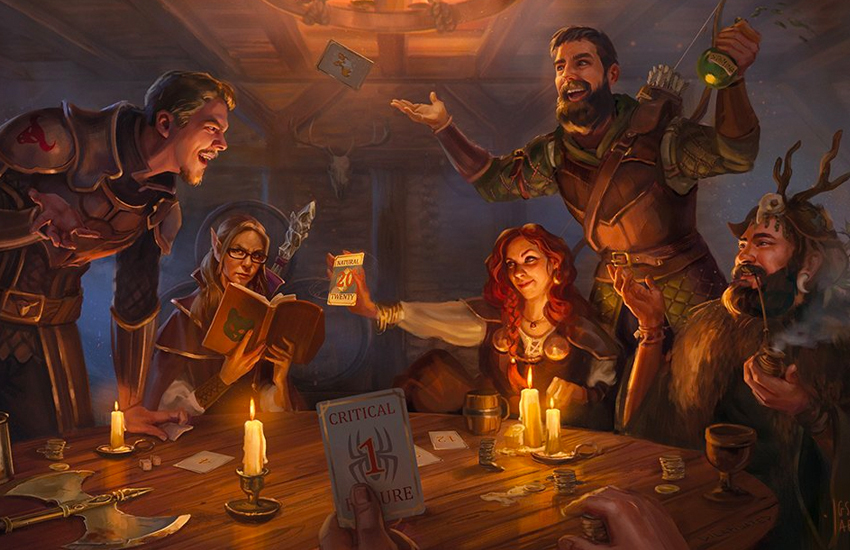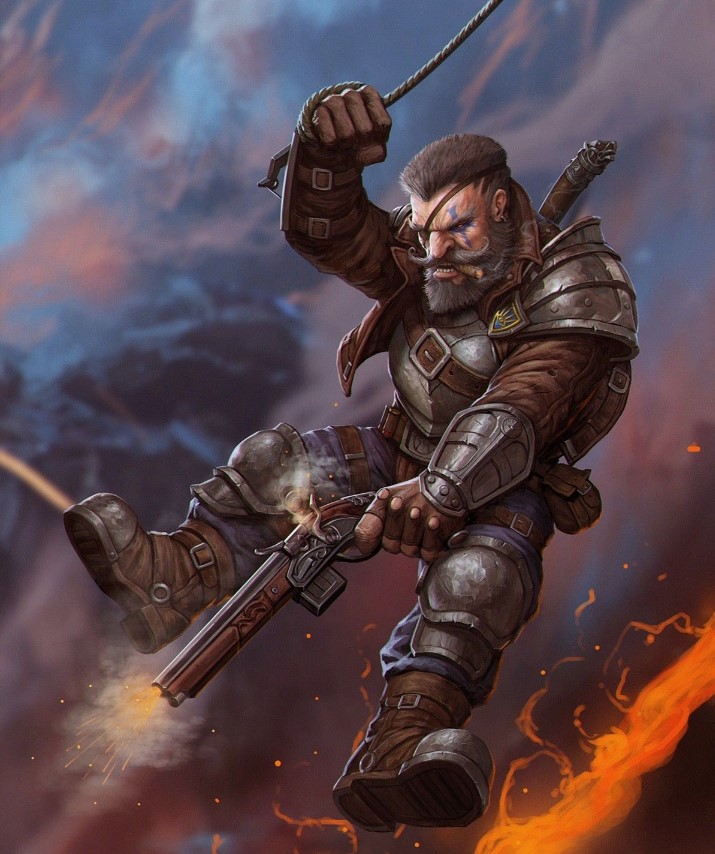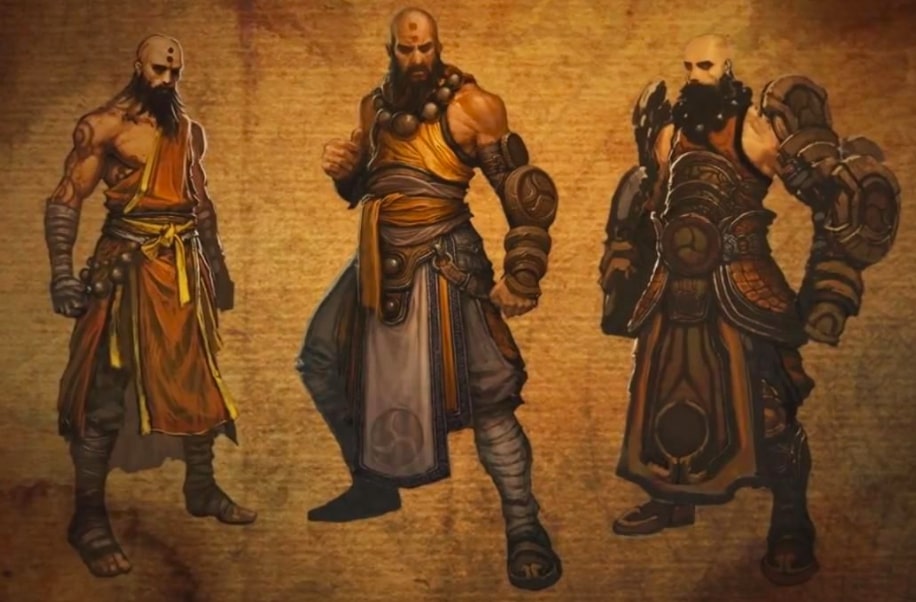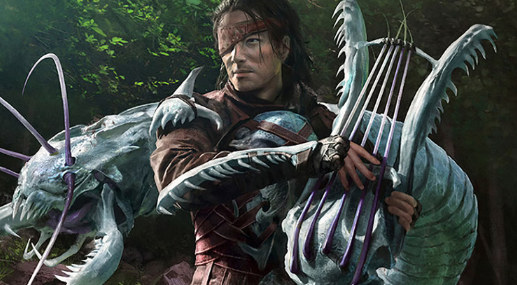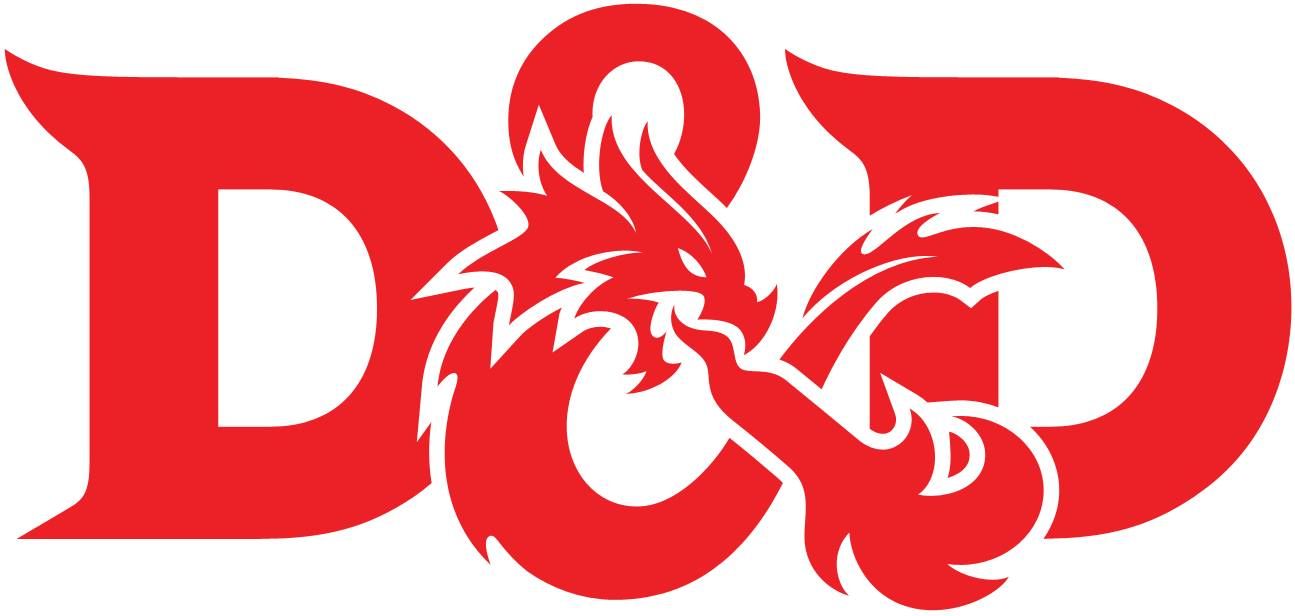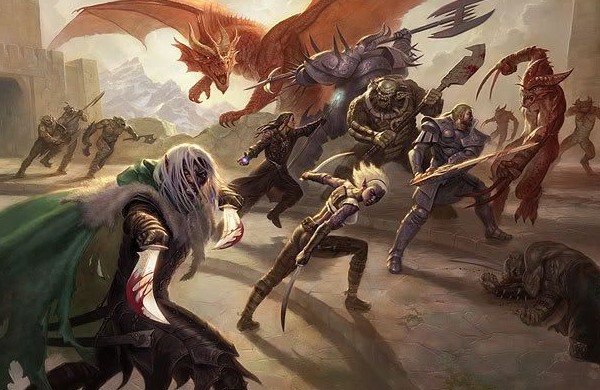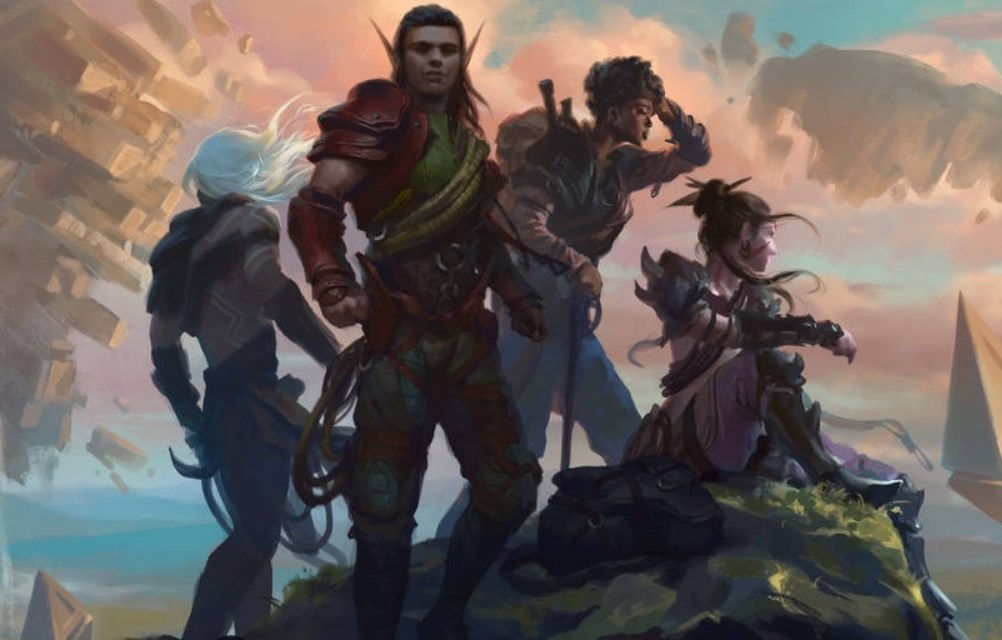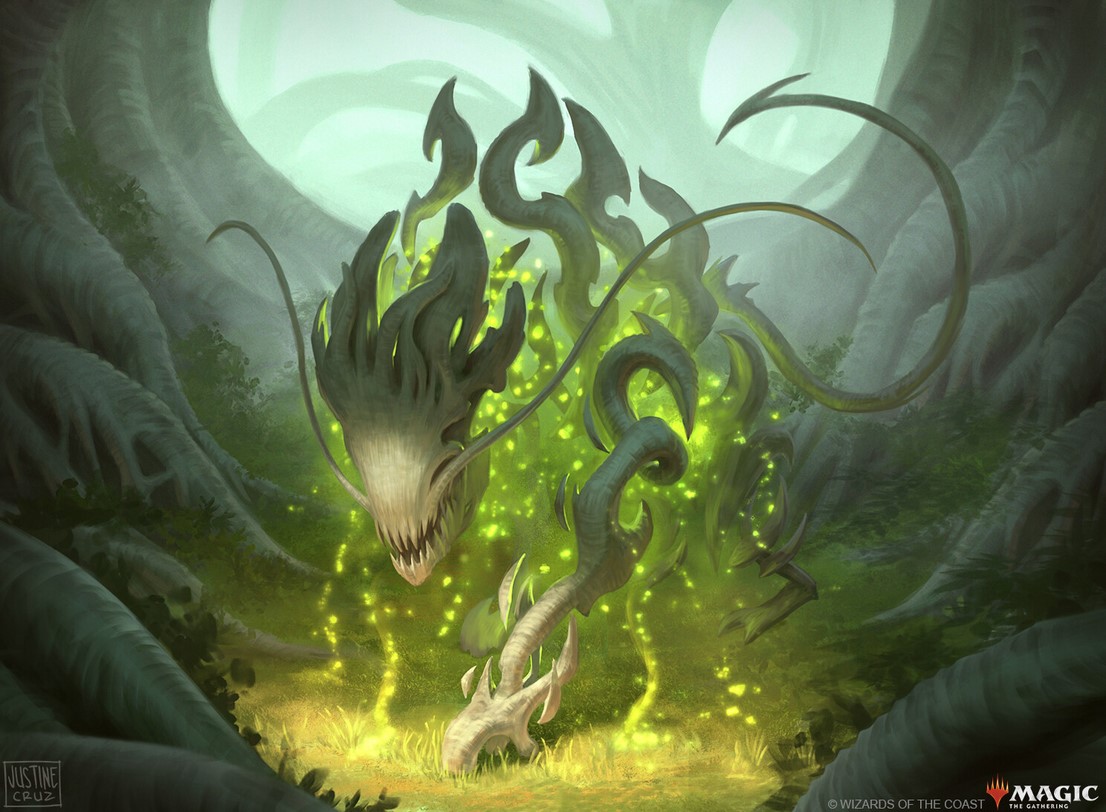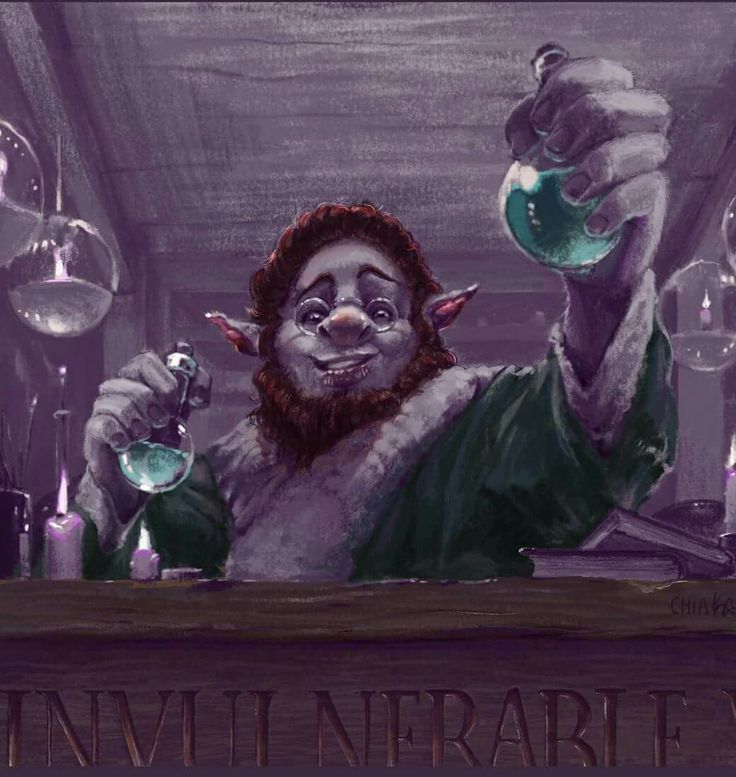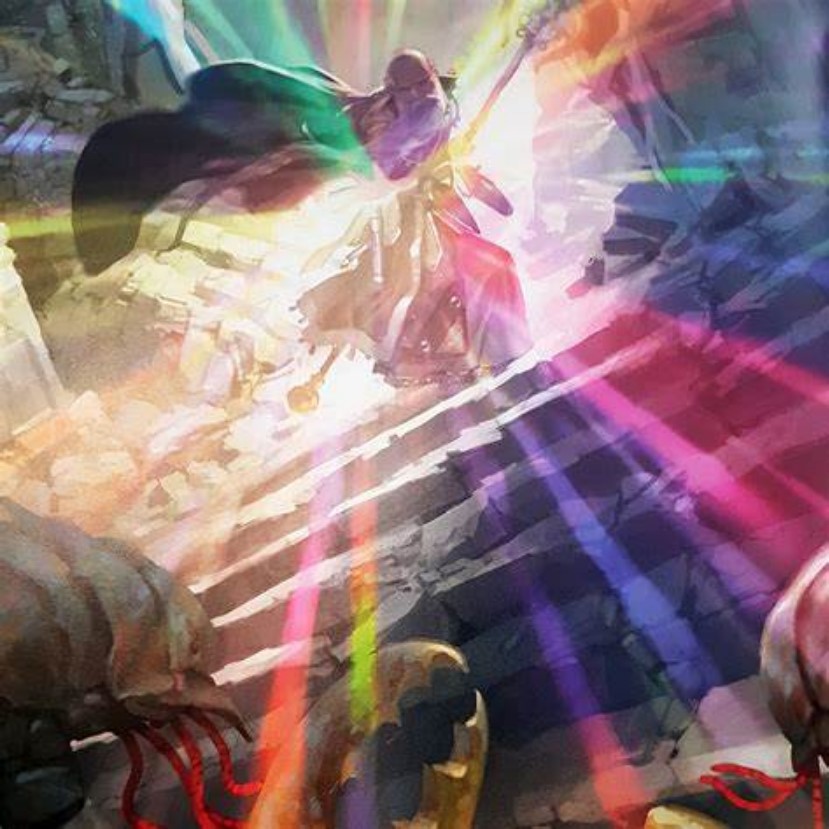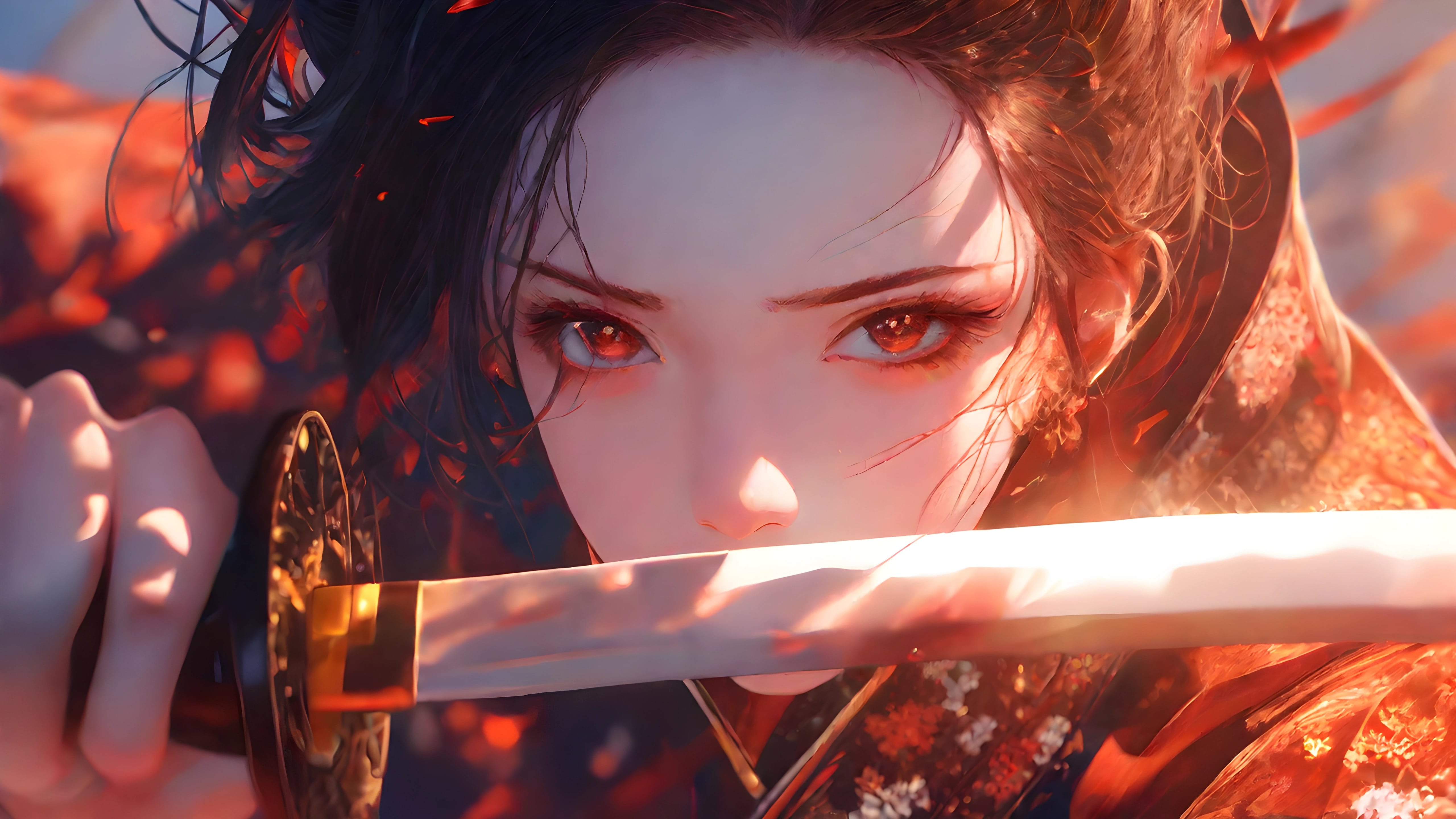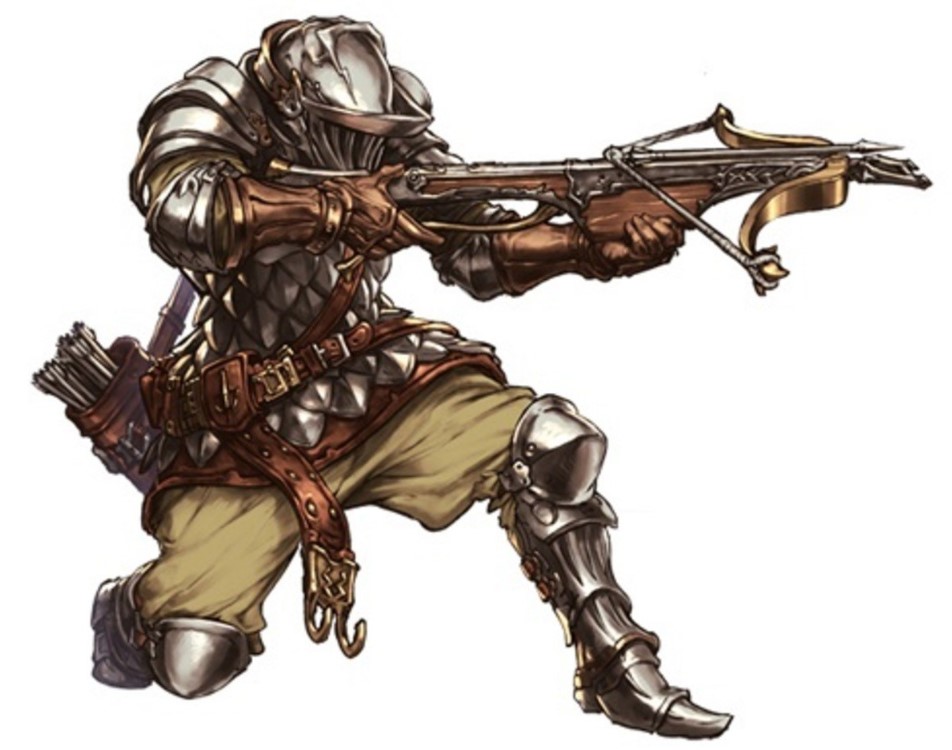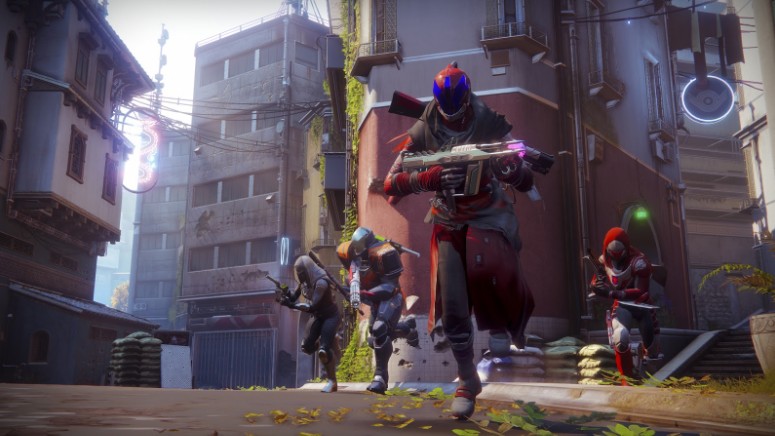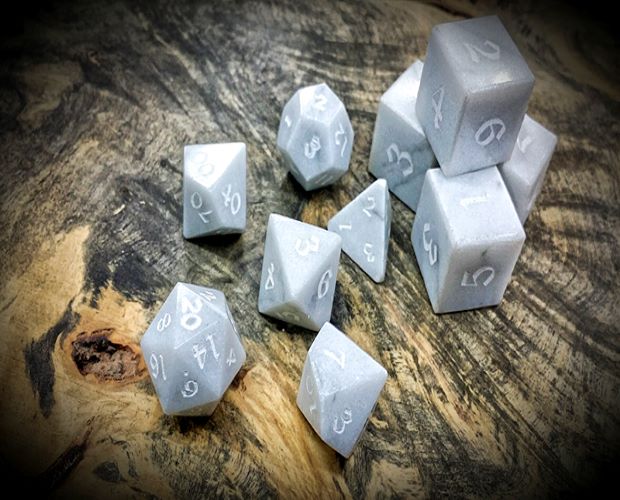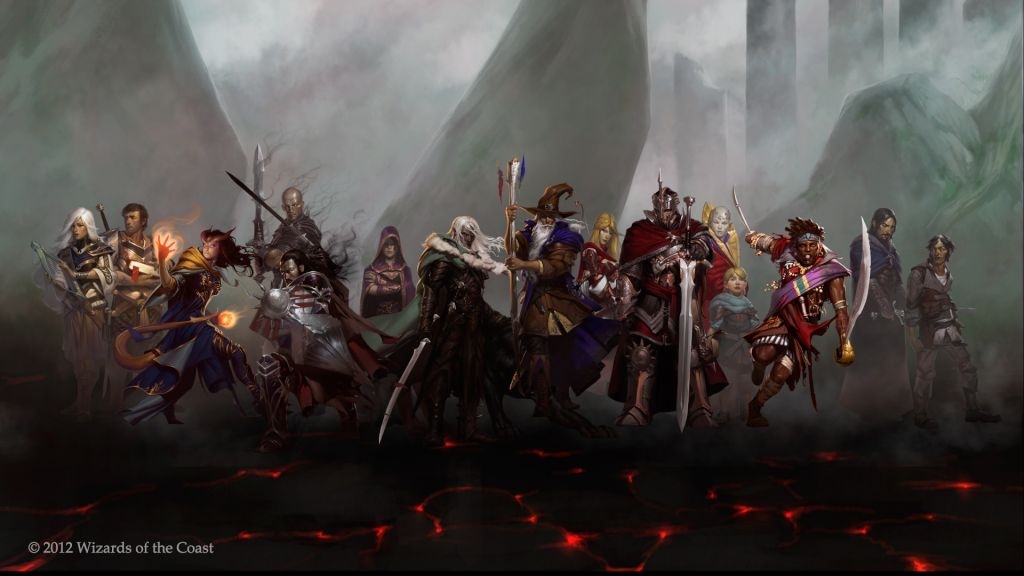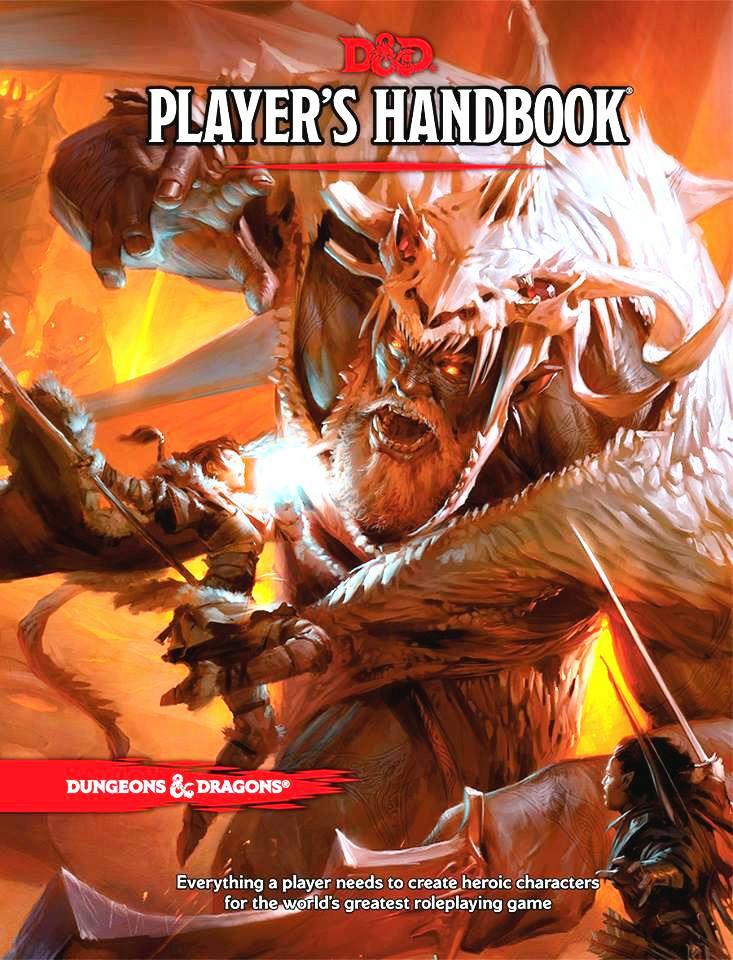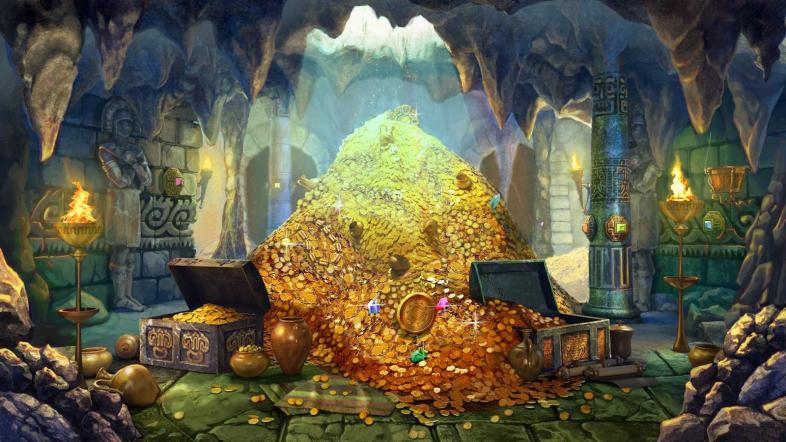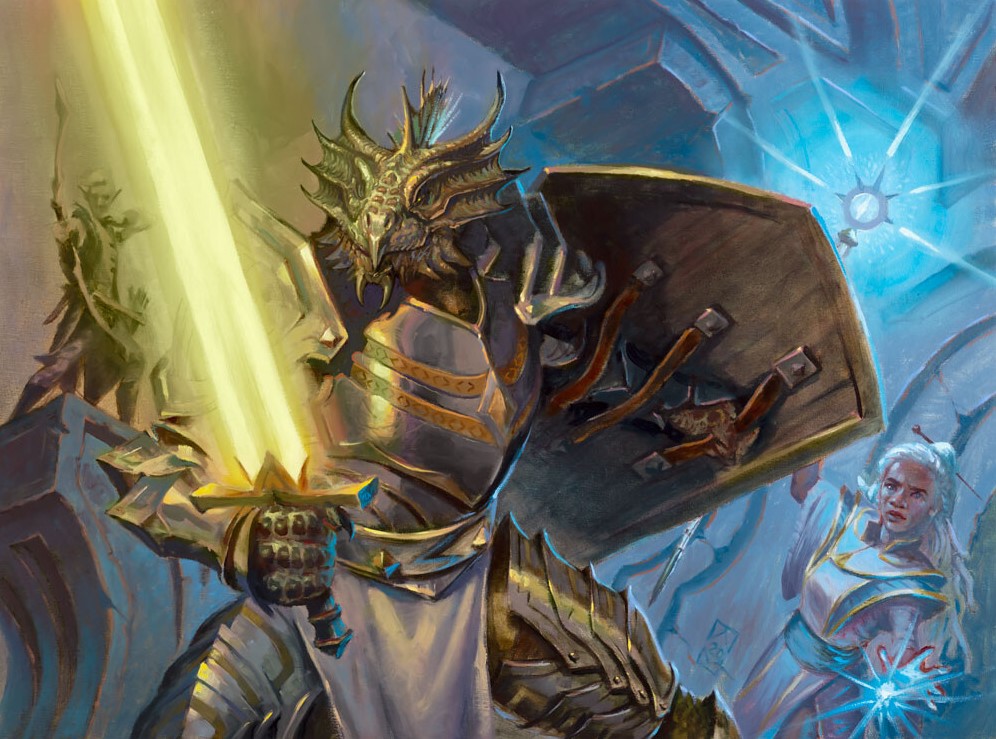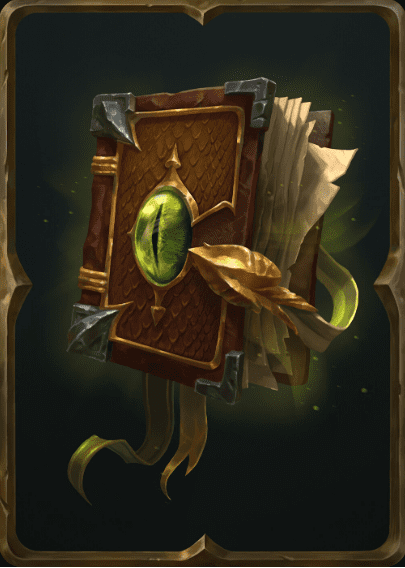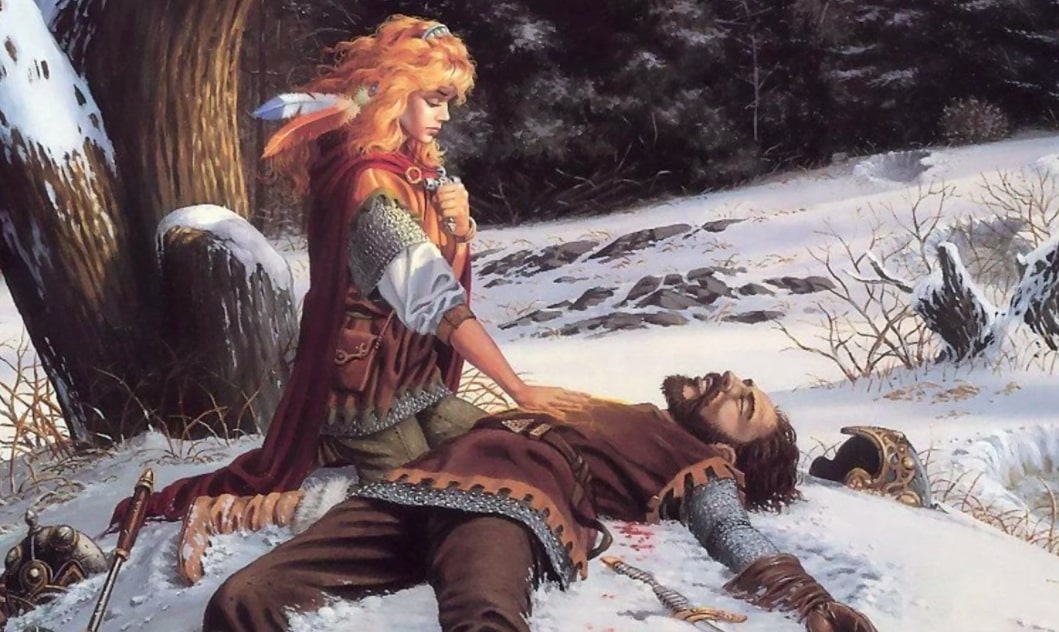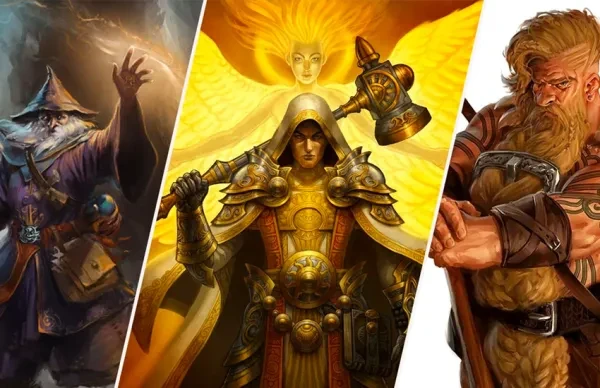
The Alignment system is a way to morally categorize characters, NPC’s, and other creatures in the Dungeons and Dragons universe.
However, many players have moved away from using the system at their tables – but it can still be a useful indication of the motivations and reasoning behind character choices and actions.
The list below ranks alignment popularity based on statistics from DND Beyond and a few player surveys on Reddit and other social media sites. The data is imperfect, but still reveals overall trends of player alignment.
9. Chaotic Evil

Chaotic evil characters are driven only by their own self-interest. Unpredictable and malicious, they pursue their evil desires and revel in the destruction caused along the way.
Chaotic evil characters almost inevitably lead to party complications. It’s important to cooperate with the other players, but these character’s selfishness and anti-social tendencies make teamwork difficult.
8. Neutral Evil

Neutral Evil characters share the same self-serving attitude as those who are chaotic evil, but without their tumultuous nature.
They’re potentially willing to work with others in order to further their own goals, but will quickly betray their former companions as soon as it is beneficial to do so. Neutral Evil characters are not naturally drawn towards either order or chaos and truly follow only the law of self-preservation. This makes them a poor choice for a teamwork-driven game like Dungeons and Dragons.
7. Lawful Evil

Lawful Evil characters are different from other evil alignments in their strict adherence to a code, law, or rule system of some sort. While they still are motivated by the ultimate goal of spreading evil, they do so through a strict, hierarchical power structure and are driven by a sense of duty.
While they are one of the lesser-played alignments, they are still the most popular out of the various evil options. There’s something more interesting about an evil character who is still bound by a system of rules and regulations versus the random, meaningless evil of the chaotic character.
6. Lawful Neutral

Lawful Neutral characters prioritize the preservation of law and order above all else. Good or evil is inconsequential – what matters is upholding the laws and regulations that keep society ordered and consistent.
Encompassing the energy of the nagging kid on the playground, these characters can be a bore to play and a pain to have in the party. They see the law as something to be followed to the letter with no exceptions, and only act as these laws, traditions, or personal code directs them – which might be the cause of their relative unpopularity.
5. Lawful Good

Often associated with Paladins, the lawful good alignment is all about championing pure and righteous causes through strict adherence to a code or system of rules. They will not violate this code or break the law, even in service of the greater good.
Some see this alignment as obedient and boring. It’s true that they can be somewhat of a stick in the mud, attempting to get the rest of the party to follow their own strict moral code. This can lead to “Lawful Stupid” characters who adhere to the law to the point of ridiculousness.
In the end, Lawful good characters are actually at their most interesting when their rigid belief structures are meaningfully called into question.
4. True Neutral

True Neutral characters are neither lawful nor chaotic, good nor evil. Firmly planted in the middle of the road, they are either apathetic and indifferent or resolutely committed to neutrality itself.
Some choose this alignment in order to avoid the system altogether, but it can also be an interesting starting point for characters. Beginning as a truly neutral character gives them room to develop through their adventures and eventually choose a side in the cosmic battle between chaos and order and good and evil.
Without any sort of character arc, this alignment can be boring in its firmly neutral stance and present difficulties in engaging your character with the story and providing reasons for them to continue along the adventure.
3. Chaotic Neutral

It’s surprising to see this alignment so high up on the list, considering the bad rap it gets in some of the online D&D communities.
Chaotic neutral characters can be extremely difficult to deal with if they act without regard for the rest of the party or their DM. Too many players (especially newer ones) use CN as an excuse to behave randomly and do stupid things, justifying it with their alignment – but this is a fundamental misunderstanding of chaotic neutral.
This alignment offers the most flexibility in choosing how you want to react in any given scenario. Good and evil are secondary to their primary concern, freedom of choice – which means they’re willing to challenge any kind of unreasonable tradition or authority. This is another alignment that can lend itself to character growth, starting as CN and maybe bending towards CG over the course of the campaign.
2. Neutral Good

Neutral Good lets you play as a good-aligned character without being constrained by a preference for either law or chaos.
They see how both of these options can be limiting and take a less rigid approach to morality. While recognizing the benefits of working within the law, they will still disobey if it’s necessary for the greater good. Both chaos and order are fundamental parts of the larger natural order, and NG characters recognize this while still attempting to use their limited influence to bend the arc of the universe towards good.
1. Chaotic Good

And here we are – the most popular alignment in D&D.
Some see Chaotic Good as the most good alignment. These characters make decisions based on what they think is right without being constrained by law or societal expectations. It’s the alignment that most encourages following your heart and prioritizing the ultimate good in every scenario, not what flawed external forces consider right.
These are free spirits with hearts of gold. Valuing freedom over the law and authority, they are natural-born rebels. This allows you to play as a unpredictable maverick, that is still willing to cooperate with the rest of the party. In this way, they are the best of both worlds.

